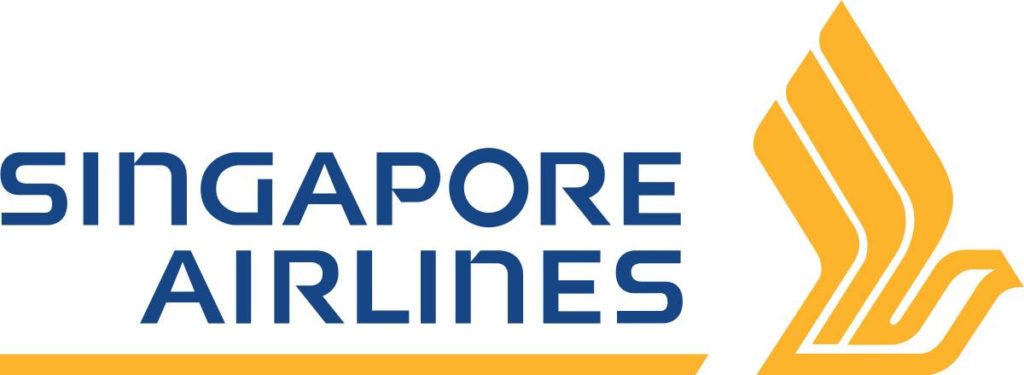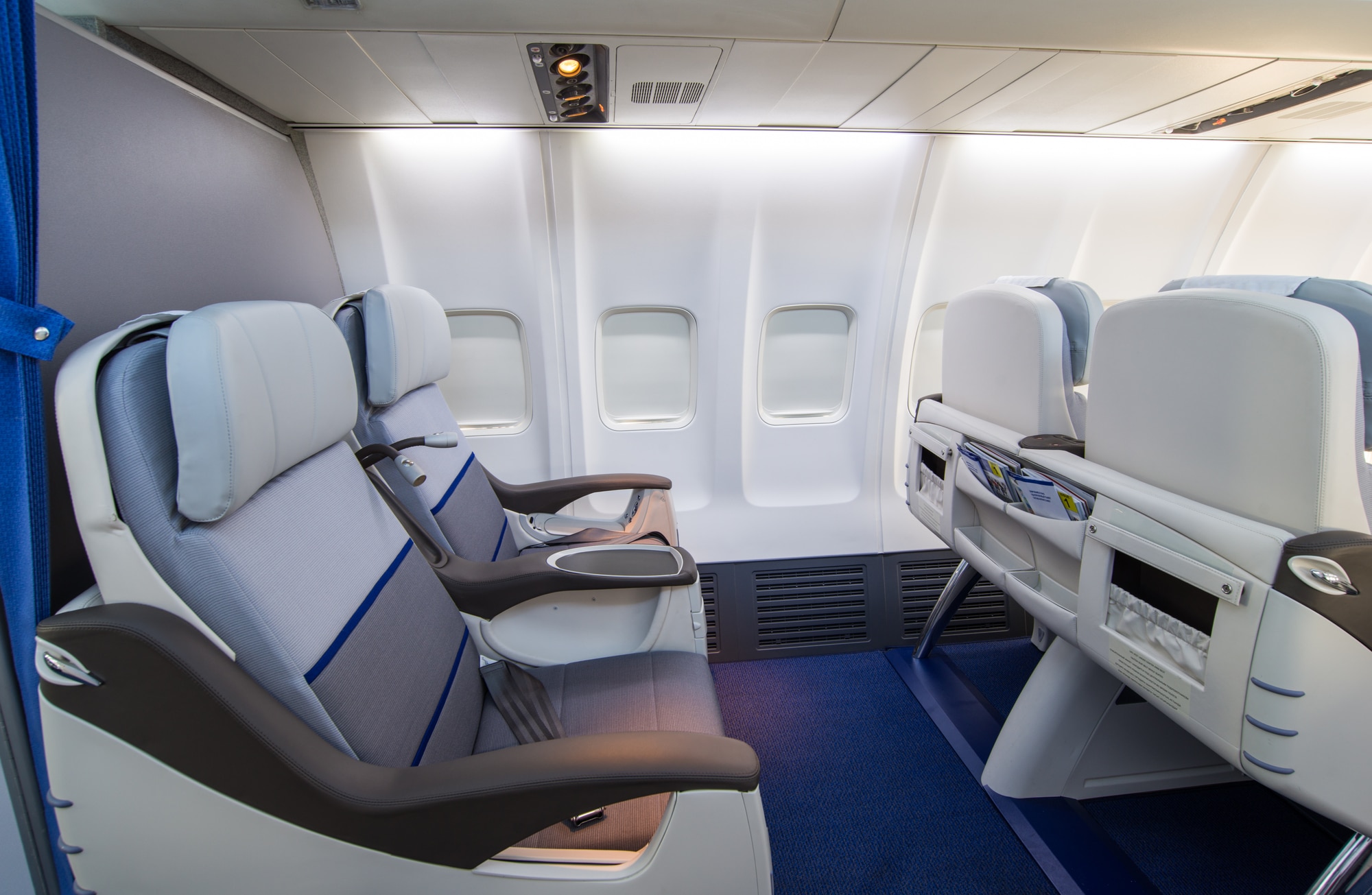Some of you may not know, but the Wright brothers are “responsible” for most people having so many air flight-related questions. Well over a century ago, they paved the way for the airline industry that we know today.
Since the first commercial flight in 1914, the airline industry has grown to a point where you have billions of people traveling by plane every year.
Depending on the airline and the distance, planes come in various shapes and sizes. That determines a very crucial aspect that I will be talking about today – seat size.
With almost 8 billion people in the world, you have 8 billion differently sized people. Some are smaller, and some are larger, some are taller, some are shorter. Every one of us is unique, and one of the most common questions floating on the internet is “Will I fit in an airplane seat?” and today, I’ll try to answer it.
Table of Contents
How Big are Airlines Seats?
This is a tricky question to answer right off the bat. As planes have progressed and more and more models appear on the market, the sizes are different. This depends on the type of plane and the class you’re looking at.
Over the years, are the industry was growing, trying to fit more people into an airplane meant that some compromises needed to be made. As a result, the width of the seats was shrunken a bit.
For example, an Airbus A330 went from 8 seats per row to 9, meaning that the width of the seats dropped to 16.7 inches. Its big brother, the A380, aimed at longer flights, had a width of 19 inches, while the A350 has 18 inches of space. Despite the reduced width, Airbus did a report claiming that an additional inch of space should help improve the quality of sleep by over 50%.
Boeing took a slightly different approach. the introduction of the 747 meant that the company went with the 17-inch seats, which were later increased to 18 inches. The 777 saw a half an inch increase to 18.5.
Overall, the average hovers around 17- and 18-inches, with some seats dropping to a little over 16 and some going over 19 inches.
The real question is how big are the seats that a specific airline offers, which again varies depending on the type of plane.
You May Also Like: How Much Fuel Does a 737 Hold?
How Big is the Seat Belt in an Airplane?
This is another area that varies a bit, but not as much as the seat width. A seatbelt on a plane is around 42 inches in length when extended to the maximum. All airlines offer seatbelt extenders, which adds about 25 inches, bringing the total to approximately 67 inches.
What Happens if you Don’t fit in a plane seat?
In most cases, you will be required to purchase an additional seat. Even though it’s the best way for you to fit in a seat, things aren’t as simple as they sound.
First of all, to fit in a seat, airlines and FAA mandate that you would need to sit comfortably in the seat with the armrests down. This goes along with the fact that you shouldn’t be “interfering” with the personal space of the person next to you.
If you don’t fit in your seat based on the parameters above, you must purchase an additional seat. Most airlines offer this option, but there are a few problems with that. The rules for these scenarios are different, and each airline handles things differently.
Another issue that you may face is when the plane is full. Smaller airplanes with shorter journeys are sometimes filled to the brim. If you haven’t traveled with that airline before and the plane has no available seats, you have no option of purchasing an additional seat. The result is that you and the person next to you will be uncomfortable.
To avoid these scenarios, I recommend researching the airlines and seeing which one would be the best option. In the next section, I will outline a few good options for the plus-sized passenger, but I would also advise you to contact the airline. Each one will be more than happy to help and accommodate you as best as it can.
Related Article: Why Do Planes Not Have a Row 33?
What Airlines are Best for Plus-Sized Passengers?
As there are plenty of options, I’ll outline the ones that have larger seats. This means that you will be looking at an airline where you may not have to purchase a second seat. As an alternative, most of them will offer an option to purchase a second seat, so you shouldn’t have a problem. Like I said previously, to avoid complications, reach out to the airline and ask. If there’s a need to purchase an additional seat, do it in advance.
Aegean Airlines

When it comes to roomy economy flights, Aegean is an airline that offers 18 inches of width for most of its flights
Aeroflot

Aeroflot isn’t known for being an economy airline, and with the higher price tag, you pay a bit of extra comfort. For most of the planes in its fleet, you are looking at seats that are 21 inches wide.
Air Canada

Air Canada is another economy airline that has a few planes with over 20 inches of seat width. On top of that, since obesity is considered a disability in Canada, you can request a second seat free of charge.
Bangkok Airways

On the Asian side of things, you have Bangkok Airways, an airline that offers almost 20 inches of width on some of its Airbus planes.
China Southern Airlines

Another Asian airline that offers similar seat width to Bangkok Airways is China Southern Airlines. In most cases, you are looking at wither 19.5 or 19.7 inches of width for the economy flights. Business-class takes the width up to 24 inches.
Delta Air Lines

Delta Air Lines isn’t known for having the widest seats, but the good thing is that you can get an extra seat for free or be moved to a location where an accessible seat is available.
JetBlue

JetBlue takes a similar approach to Delta Air Lines. The seats are standard width, but you can request a second seat if you don’t fit fine.
Singapore Airlines

Singapore Airlines has two advantages. On the economy side of things, you are looking at seats with 19 inches of width. For the business class, they range from 28 to 30 inches.
Spirit Airlines

Spirit Airlines is known for being relatively cheap, so some may be surprised to see it here. Regardless of the price, the airline offers 20 inches of width on its seats.
United Airlines

United Airlines doesn’t have the widest seats for the most part. The reason why I said “for the most part” is because even though the seats are standard, there are several wider seats measuring 20.5 inches. They are primarily aimed are plus-sized passengers.
Uzbekistan Airways

Uzbekistan Airways is often considered one of the best economy airlines for shorter flights. Part of the fleet consists of airplanes with seats that are over 21 inches wide.
You May Also Like: How Cold Do Airplane Cargo Holds Get?
Will I Need a Seat Belt Extender?
The use of seat extenders depends on your size. Before the plane takes off, the cabin crew prepares you for the procedure and explains everything. Among the many things that get presented are the seatbelts, which should be fastened before takeoff. During that procedure, you can see if the seatbelt fits. If it doesn’t, you can ask the cabin crew to provide you with an extension.
One thing I have to note is to avoid bringing your own extender. In 2012, the FAA issued a statement asking passengers not to use extenders they purchased online. The reason is that they are not adequately tested and cannot guarantee safety.

